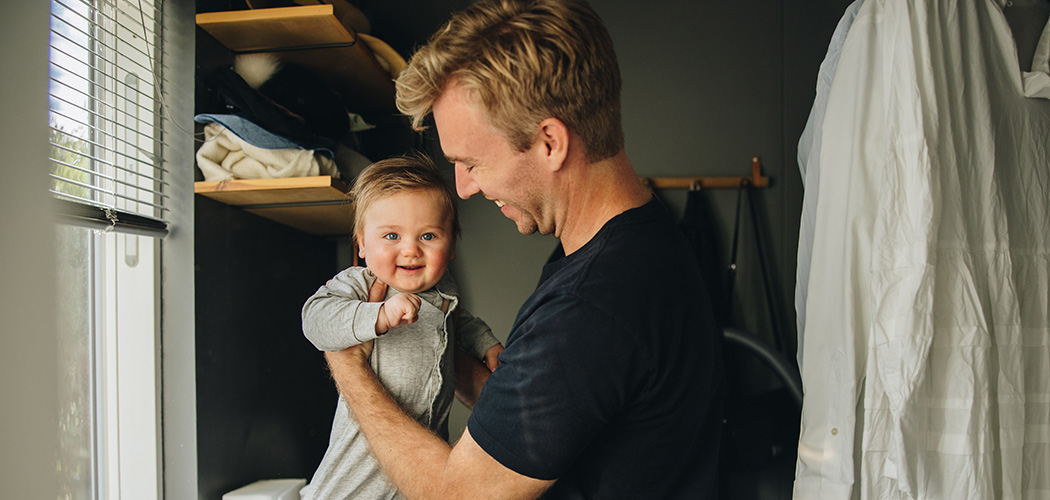About one in four eligible mothers, and over half of eligible fathers, were accessing government-funded paid parental leave prior to reforms to the program being introduced last year, according to a new report by the Australian Institute of Family Studies (AIFS).
The report linked 2021 Census data with Australian Tax Office data to examine the take-up of Parental Leave Pay (PLP) and Dad and Partner Pay (DAPP) – the government payments to support parents to take time off work to care for their baby. Reforms to the program in 2023 saw the removal of DAPP as a separate payment.
The study found an estimated 74% of eligible mothers, and 40% of eligible fathers were taking up government-funded paid parental leave prior to the changes.
Mothers working in government jobs had the highest uptake of Parental Leave Pay (PLP) (85%) while those working in small business had the lowest (66%). Fathers who worked for businesses (39%-46%) and state or local government (30%) were most likely to take-up DAPP.
Meanwhile, vulnerable groups had lower levels of take-up of the government payments, including parents with poor English language proficiency, lowest-income parents, parents with disability, and Aboriginal and Torres Strait Islander parents.
Dr Jennifer Baxter, Executive Manager, Families, Society and Lifecourse Research at AIFS, said it was now important to explore barriers to take-up.
“Government-funded payments are a critical support for parents without employer-funded leave to look after their baby while staying connected to work,” Dr Baxter said.
“We see the importance of the program in the high proportion of mothers who were likely in jobs without employer funded leave using PLP early – like hospitality and small businesses.
“Without the support of government-funded parental leave, it’s likely that many wouldn’t stay connected to work, and that may lead to long career breaks which makes it harder to re-enter the workforce later.”
Monitoring the impacts of the 2023 program reforms in view of the findings will be important, Dr Baxter added.
“We’d expect take-up by mothers to be similar to the pattern in 2021 – however fathers can now have a share of Paid Parental Leave, rather than their payment being separate. It will be important to see how their take-up changes with this significant policy shift.”
Fathers can now only receive a share of a parental leave payment if the mother meets the work test (that is, working for 10 of 13 months before the birth or adoption of the child, involving at least 330 hours of paid work – around 1 day per week – and without a break in employment of more than 12 weeks). The analysis found 7,558 fathers using DAPP in 2021 (around 1 in 10) would not be eligible under the current policy.
In March, new laws were passed to expand the Paid Parental Leave scheme to 26 weeks by 2026. The government has also pledged to pay superannuation on government-funded PPL from 1 July 2025.








